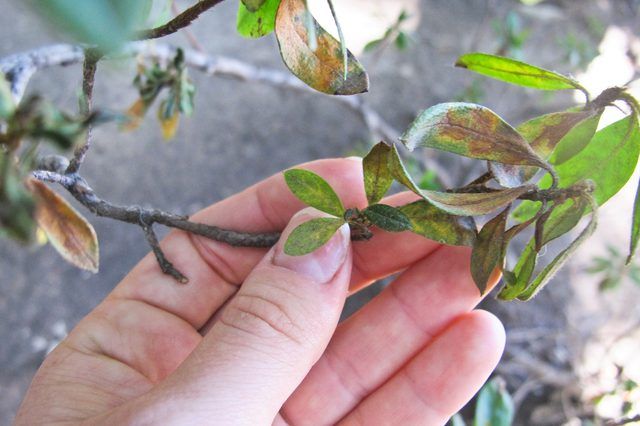Bulbs
Flower Basics
Flower Beds & Specialty Gardens
Flower Garden
Garden Furniture
Garden Gnomes
Garden Seeds
Garden Sheds
Garden Statues
Garden Tools & Supplies
Gardening Basics
Green & Organic
Groundcovers & Vines
Growing Annuals
Growing Basil
Growing Beans
Growing Berries
Growing Blueberries
Growing Cactus
Growing Corn
Growing Cotton
Growing Edibles
Growing Flowers
Growing Garlic
Growing Grapes
Growing Grass
Growing Herbs
Growing Jasmine
Growing Mint
Growing Mushrooms
Orchids
Growing Peanuts
Growing Perennials
Growing Plants
Growing Rosemary
Growing Roses
Growing Strawberries
Growing Sunflowers
Growing Thyme
Growing Tomatoes
Growing Tulips
Growing Vegetables
Herb Basics
Herb Garden
Indoor Growing
Landscaping Basics
Landscaping Patios
Landscaping Plants
Landscaping Shrubs
Landscaping Trees
Landscaping Walks & Pathways
Lawn Basics
Lawn Maintenance
Lawn Mowers
Lawn Ornaments
Lawn Planting
Lawn Tools
Outdoor Growing
Overall Landscape Planning
Pests, Weeds & Problems
Plant Basics
Rock Garden
Rose Garden
Shrubs
Soil
Specialty Gardens
Trees
Vegetable Garden
Yard Maintenance
Growing Pittosporum Plants
Growing Pittosporum Plants . Pittosporums, sometimes called mock oranges, produce evergreen foliage and flower in early to mid-spring. Japanese pittosporum (Pittosporum tobira) is one of the most commonly grown out of over 100 varieties. It's hardy in U.S. Department of Agriculture plant hardiness zones 8 through 10. Sweet pittosporum (Pittosporum...
Pittosporums, sometimes called mock oranges, produce evergreen foliage and flower in early to mid-spring. Japanese pittosporum (Pittosporum tobira) is one of the most commonly grown out of over 100 varieties. It's hardy in U.S. Department of Agriculture plant hardiness zones 8 through 10. Sweet pittosporum (Pittosporum undulatum), hardy in zones 9 through 10 and considered invasive in some areas, and Oliver Twist Kohuhu (Pittosporum tenuifolium "Oliver Twist," hardy in zones 8 through 11, are other common varieties. Pittosporums require similar care, regardless of variety, to grow well and remain healthy.
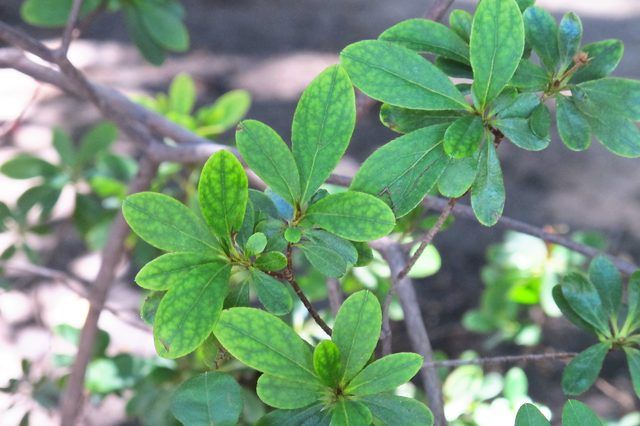
Nearly any site in the garden provides an adequate growing location for pittosporum. The foliage is toxic if consumed, so avoid planting it where it can pose a hazard to children or pets. The shrub thrives in both full sun and part shade, and it can tolerate almost any type of soil as long as the location drains well. Avoid locations with heavy soil that drain slowly or tend to become soggy after rain or watering. It can suffer cold damage, including trunk splitting, in areas near the edge of its hardiness zone. Growing the pittosporum in a sheltered location, such as near a south-facing wall or fence, can provide some frost protection in marginal climates.
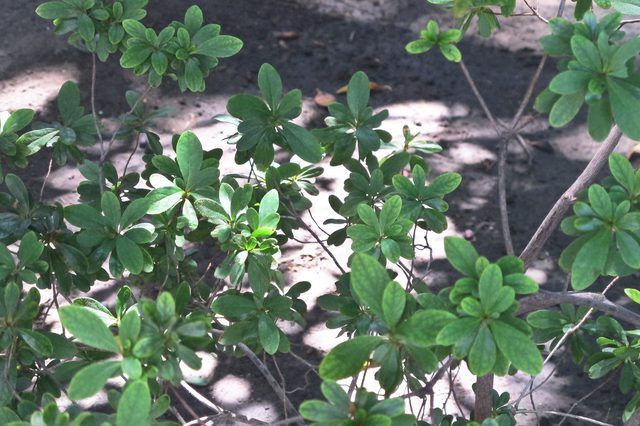
Most varieties can withstand brief periods of drought with no long lasting damage after the plant establishes, but regular watering will result in healthier foliage and better flowering. Water the shrub once a week, providing 1 to 3 inches of water or enough to thoroughly moisten the soil throughout the root zone if there isn't sufficient rainfall. Annual spring fertilization, just as the plant begins to leaf out, also results in healthier foliage. Sprinkle ? cup of a general-purpose, continuous-release fertilizer, such as a 10-10-10 blend, around the trunk of each pittosporum, about 6 inches from the base of the plant, and water thoroughly afterward. Fertilizer rates may vary depending on the blend, so consult application rates on the label.
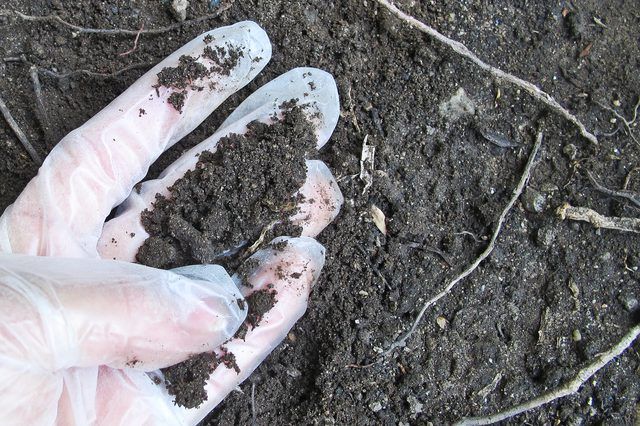
Pittosporums tolerate heavy pruning. Simply trim out overgrown or broken branches to retain a natural form, or shear back the plants to create more formal hedges. Prune after the shrub finishes flowering in late spring. Wipe shears with a rag soak in rubbing alcohol to disinfect them before pruning and after each cut to minimize disease concerns. For informal shrubs, prune out crossed branches and trim back overgrown branches to an outward facing lead bud. Use hedge trimmers or shears to create a formal hedge. You can also remove the lower limbs on the trunk with a pruning saw to give the pittosporum the appearance of a multi-trunked tree.
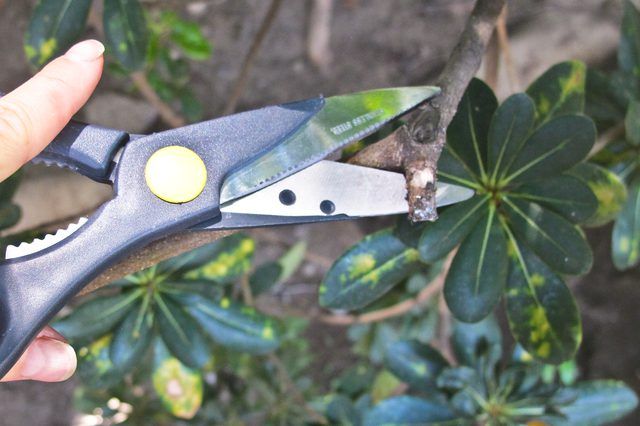
Bacterial rot and fungal root rot are the main pittosporum disease concerns. Well-drained soil and the removal of infected branches minimize these problems. Rake up fallen leaves in the fall so disease organisms can't overwinter near the shrubs. Fungicides can kill pittosporum foliage so they aren't usually recommended. Healthy, properly watered and fertilized pittosporums rarely suffer major insect damage. Aphids may feed on the underside of the foliage, but you can often wash them off with a strong spray of water. Scales and mealybugs may also feed on stems and foliage. Drench the plant with a ready-to-use insecticidal soap spray at five- to seven-day intervals until the pests are gone to control a major infestation.
